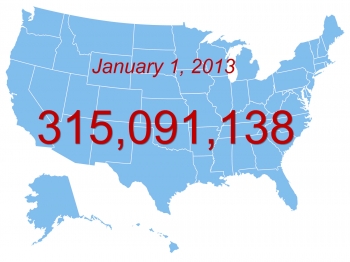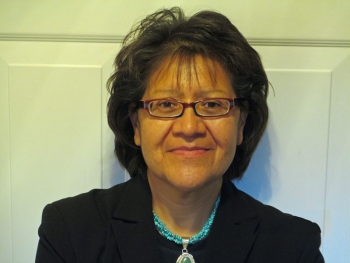Commerce's U.S. Census Bureau today released a report that shows that in many of the largest cities of the most-populous metro areas, downtown is becoming a place not only to work but also to live. Between the 2000 and 2010 censuses, metro areas with five million or more people experienced double-digit population growth rates within their downtown areas (within a two-mile radius of their largest city’s city hall), more than double the rate of these areas overall.
Chicago experienced the largest numeric gain in its downtown area, with a net increase of 48,000 residents over 10 years. New York, Philadelphia, San Francisco and Washington, D.C also posted large population increases close to city hall. These downtown gains were not universal, however: New Orleans and Baltimore experienced the greatest population declines in their downtown areas (35,000 and slightly more than 10,000, respectively). Two smaller areas in Ohio—Dayton and Toledo—also saw downtown declines of more than 10,000.
These are just some of the findings in the new 2010 Census special report, Patterns of Metropolitan and Micropolitan Population Change: 2000 to 2010 (PDF). The report uses 2010 Census results to examine contemporary geographic patterns (as well as changes since the 2000 Census) of population density and distribution by race, Hispanic origin, age and sex for metro and micro areas collectively as well as individually. Metro areas contain at least one urbanized area of 50,000 population or more, while micro areas contain at least one urban cluster of less than 50,000, but at least 10,000. Census release











